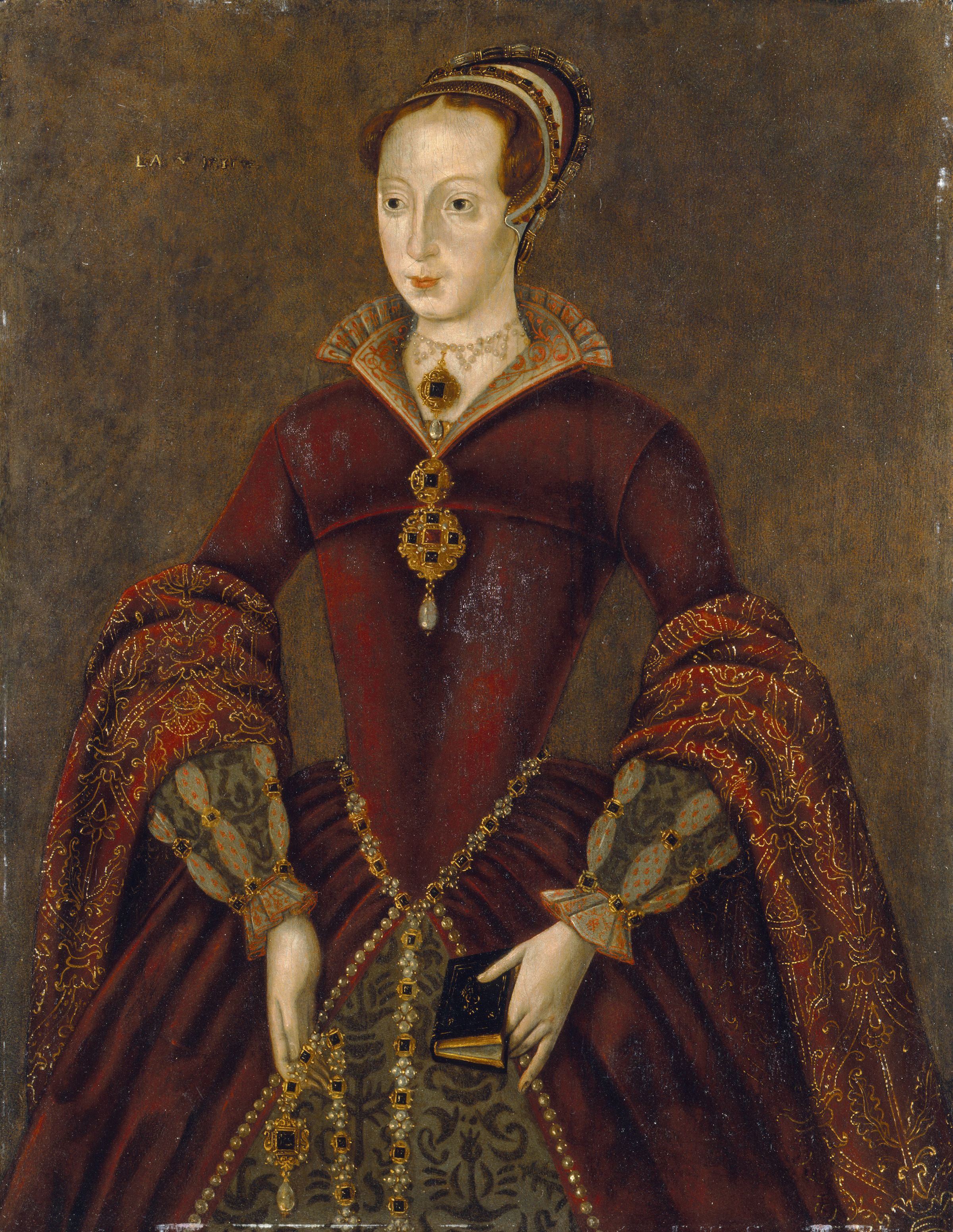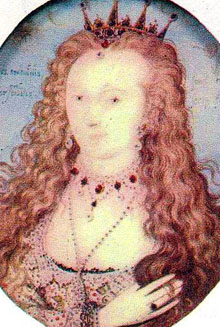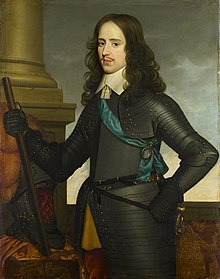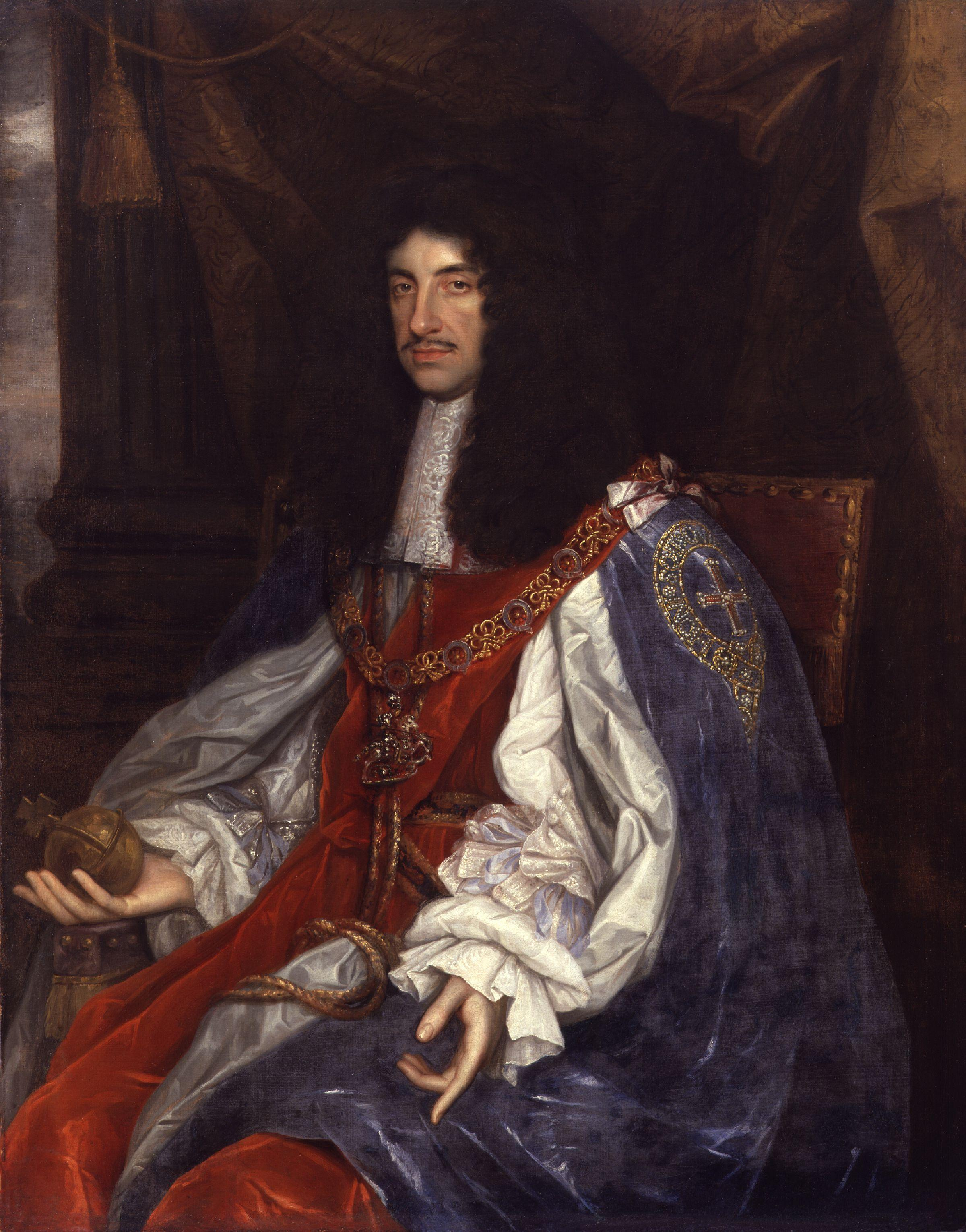What If Mary, Queen of Scots, dies in childbirth in 1566, and Scotland remains independent from England to the present.
Monarchs of Scotland
1542 to 1566 : Mary (House of Stewart)
1566 to 1575 : James VI (House of Hamilton) (1)
1575 to 1604 : John II (House of Hamilton) (2)
1604 to 1626 : Robert IV (House of Hamilton) (3)
1626 to 1648 : Ulrich (House of Hamilton-Ross) (4)
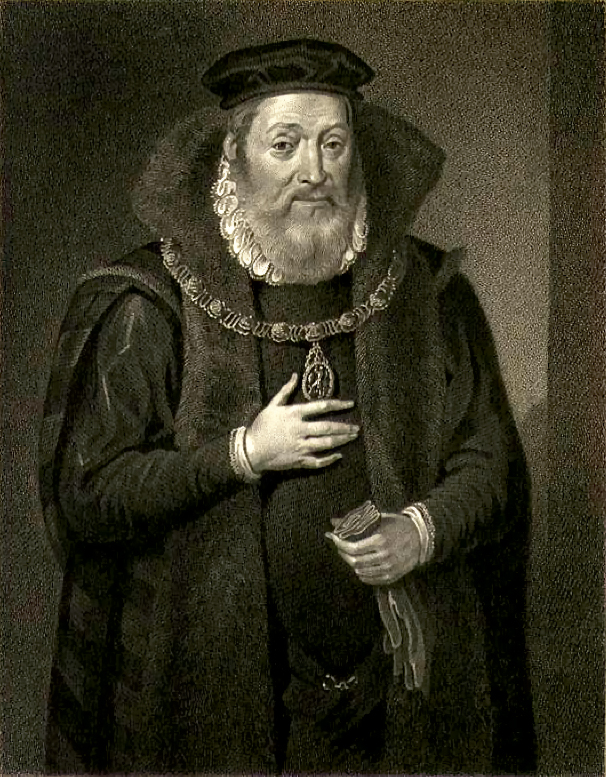
(1) For many years, the Earl of Arran had been next in line to Mary and acted as her Regent until he had been replaced by Marie of Guise. Variously Protestant and Catholic as the situation required, he tried to marry his eldest son first to Elizabeth of England, and then Mary of Scotland herself. Neither succeeded. In 1566 he intended to retire to France and petition the French King to return his confiscated Duchy of Chatellerault, but the news of Mary's death and his own succession as King of Scotland precluded that.
James faced opposition from the Earl of Lennox who sought support from the Scottish Parliament to overthrow James and have himself crowned as King Matthew of Scotland. This failed. Both had legitimate claims, but Arrans was deemed more senior, Lennox attempted to claim the King was illegitimate, but this merely went over ground that has been discarded in challenges towards his earlier regency.
By the time of his succession, James was married and a father of nine, the eldest of which, James, would have been made Duke of Rothesay but had been declared legally insane in 1560, so whilst James lived and would outlive his father, he was legally manipulated into abdication and the heir designate was made the new Kings second son, John, twenty six, but as yet unmarried. The King sought a continental match for John, and several offers were made, with one being accepted.
Similar offers were made for the King's other two unmarried sons, David and Claud, as all his daughters were already married and a fifth son had died in infancy.
The King would die after only nine years on the throne whilst on a summer retreat to Hamilton Castle in Lanarkshire, and would be succeeded by his son, John.
(2) Though John was the second son of James VI he became heir to the throne over his elder brother due to him being found insane. John began his reign as King of Scotland with relative ease and nothing of note came until 4 years into it when James Douglas, 4th Earl of Morton, accused the king and his younger brother, Claud, of being part of the murders of high level nobility however these claims were thrown out due to him being the king. John also saw illiteracy was a problem in his kingdom and over the course of his reign he would found several grammar schools to solve this problem. John had also had the privilege to host the French ambassador at his estate in Hamilton where they became good friends which helped to improve relations with the Kingdom of France.
John would die in 1604 and would be succeeded by his son Robert.
(3) Robert was the second born son of John and his wife, Marguerite of Valois. His older brother James died as an infant so Robert, born in 1577 was raised with the knowledge that he would one day be king. He married his distant cousin, Arabella Stewart, the heir of her father, Charles, the 5th Earl of Lennox. This would also tie up dynastic loose ends. The couple would have five children.
In 1603, Robert would travel to London to attend the coronation of King Edward VII, successor to Elizabeth I. Although Arabella, descendant of King Henry VII, had already signed away her claims to the English throne, the new King Edward wanted to strengthen his dynasty's claim. He did so by requesting the marriage between his son Edward, and Robert's daughter Margaret.
While waiting for permission from his father, Robert enjoyed being the guest in the English court. Despite being an ardent Catholic, he was a moderate and saw sense in keeping the pace between the religious factions. It was during his time in the English court did he write The True Law of Free Monarchies, that spoke of the divine rights of monarchs.
Once the negotiations concluded, Robert returned home to Scotland, pleased that peace had been obtained.
Five months after his return, the Duke of Rothesay received news of his father's death. In the spring of 1604, he was crowned as Robert the Fourth of Scots. He continued his father's polices. He also made his own court of poets and musicians, wanting to bring the renaissance to Scotland. He also created his own trading company, wishing to expand Scotland's wealth. He even commissioned a play by the English playwright, William Shakespeare, about his ancestor and namesake Robert the Bruce.
Robert's peaceful reign came to an abrupt end when in 1607, when the Earl of Tyrone come to the Scottish court, begging for help against the English aggression as the new King Edward was taking a even harder stance then his predecessors. Unfortunately, Robert could not break treaty he had with England, although he did offer sanctuary to the fleeing earls. This did not sit well with his English counterpart, who threatened to dissolve the childless marriage between his son and the princess Margaret if the earls were not sent to England to receive their judgement. Robert refused,, and called the other man's bluff.
While neither King Edward nor son followed through with the threat, tensions between Scotland and England grew tense, with many Scottish mercenaries supporting the Irish rebellion. The alliance was considered null and void when King Edward VII died in 1612, and Margaret of Scots died in 1615. Feeling that nothing was holding him back, Robert decided to attack Northumberland, successfully taking the castle of Alnwick from the Percys. His former son-in-law, King Edward VIII meet with him outside Newcastle with the force of the English troops. While the battle would end in a loss for the Scottish, Robert managed to fatefully wound the monarch before retreating back to Scotland. Despite loosing, Robert felt he had struck a blow to the English, avenging his royal ancestors.
The rest of his rule was largly made up of training his troops and seeking out new ventures. He would die of typhoid fever in 1626, leaving his throne to______.

(4) Ulrich of Scotland was heir to Scotland following both the male line and by male preference primogeniture, the former as he descended from James VI via his third son, David, Duke of Ross, who had married Sophie of Mecklenburg-Gustrow, and the latter as he was the grandson of Robert IV by his second daughter, Arabella, Duchess of Ross, following the death of the childless Margaret of England a decade earlier. Born in 1612 and devoid of siblings, his father, Ulrich, 2nd Duke of Ross, had arranged his match with Agnes of Brandenburg as one of the last wishes of his dying mother, Arabella of Scotland. The pair would marry in 1628, two years after Ulrich succeeded his grandfather as King - the pair only had one child, who survived to adulthood and who was married and had a child shortly before Ulrich passed in 1648.
After the difficult relationship with England during his grandfather's reign, Ulrich endeavoured to create an enduring peace with their southern neighbours. But also strengthened Scotlands relationship with the Holy Roman Empire via his Mecklenburg-Gustrow and Brandenburg roots - his maternal aunt, Matilda, had married George William, Elector of Brandenburg, his own wife's elder brother. The Scottish Parliament feared that the Hohenzollern Brandenburgs were trying to climb their way onto the Scottish throne - but Scotland was a relatively poor nation in comparison to the Empire and continental trade partners. It became clear during Ulrich's reign that the intent of his uncle/brother-in-law, George, was to fund the development of Scotlands lacklustre colonial programme in order to compete with England's expansionist projects. The next phase of the Electors plan was to marry his son to Ulrichs daughter, creating a Scots-Brandenburg personal union.
But this would have meant that the family tree would have become uncomfortably cosanguinated, the children would be both first cousins (via George and Agnes) as well as first cousins once removed (via Ulrich and Matilda) and the Catholic voices in the Scottish Parliament were vocal about their opposition to the match, as was the elderly Claude, Duke of Albany (son of James VI's youngest son), so the Princess Royal was found another match, deemed more suitable.
George William would have to make do, for the time being, with the village of Garelochhead being renamed Royal Brandenburg and made one of Scotlands primary ports for colonisation efforts and trade.
Ulrich would die in 1548 to he succeeded by ........
James VI of Scotland, prev. 2nd Earl of Arran, b. 1515, r. 1566-1575, m. Margaret Douglas
-- a) James Hamilton, 3rd Earl of Arran, b. 1537, d. 1609
-- b) John II of Scotland, b. 1540, r. 1575-1604, m. Marguerite of Valois (1553-1615)
-- d) David, Duke of Ross, b. c. 1542, d. 1611, m. Sophie of Mecklenburg-Gustrow (1557 to 1631)
Monarchs of Scotland
1542 to 1566 : Mary (House of Stewart)
1566 to 1575 : James VI (House of Hamilton) (1)
1575 to 1604 : John II (House of Hamilton) (2)
1604 to 1626 : Robert IV (House of Hamilton) (3)
1626 to 1648 : Ulrich (House of Hamilton-Ross) (4)

(1) For many years, the Earl of Arran had been next in line to Mary and acted as her Regent until he had been replaced by Marie of Guise. Variously Protestant and Catholic as the situation required, he tried to marry his eldest son first to Elizabeth of England, and then Mary of Scotland herself. Neither succeeded. In 1566 he intended to retire to France and petition the French King to return his confiscated Duchy of Chatellerault, but the news of Mary's death and his own succession as King of Scotland precluded that.
James faced opposition from the Earl of Lennox who sought support from the Scottish Parliament to overthrow James and have himself crowned as King Matthew of Scotland. This failed. Both had legitimate claims, but Arrans was deemed more senior, Lennox attempted to claim the King was illegitimate, but this merely went over ground that has been discarded in challenges towards his earlier regency.
By the time of his succession, James was married and a father of nine, the eldest of which, James, would have been made Duke of Rothesay but had been declared legally insane in 1560, so whilst James lived and would outlive his father, he was legally manipulated into abdication and the heir designate was made the new Kings second son, John, twenty six, but as yet unmarried. The King sought a continental match for John, and several offers were made, with one being accepted.
Similar offers were made for the King's other two unmarried sons, David and Claud, as all his daughters were already married and a fifth son had died in infancy.
The King would die after only nine years on the throne whilst on a summer retreat to Hamilton Castle in Lanarkshire, and would be succeeded by his son, John.
(2) Though John was the second son of James VI he became heir to the throne over his elder brother due to him being found insane. John began his reign as King of Scotland with relative ease and nothing of note came until 4 years into it when James Douglas, 4th Earl of Morton, accused the king and his younger brother, Claud, of being part of the murders of high level nobility however these claims were thrown out due to him being the king. John also saw illiteracy was a problem in his kingdom and over the course of his reign he would found several grammar schools to solve this problem. John had also had the privilege to host the French ambassador at his estate in Hamilton where they became good friends which helped to improve relations with the Kingdom of France.
John would die in 1604 and would be succeeded by his son Robert.
(3) Robert was the second born son of John and his wife, Marguerite of Valois. His older brother James died as an infant so Robert, born in 1577 was raised with the knowledge that he would one day be king. He married his distant cousin, Arabella Stewart, the heir of her father, Charles, the 5th Earl of Lennox. This would also tie up dynastic loose ends. The couple would have five children.
In 1603, Robert would travel to London to attend the coronation of King Edward VII, successor to Elizabeth I. Although Arabella, descendant of King Henry VII, had already signed away her claims to the English throne, the new King Edward wanted to strengthen his dynasty's claim. He did so by requesting the marriage between his son Edward, and Robert's daughter Margaret.
While waiting for permission from his father, Robert enjoyed being the guest in the English court. Despite being an ardent Catholic, he was a moderate and saw sense in keeping the pace between the religious factions. It was during his time in the English court did he write The True Law of Free Monarchies, that spoke of the divine rights of monarchs.
Once the negotiations concluded, Robert returned home to Scotland, pleased that peace had been obtained.
Five months after his return, the Duke of Rothesay received news of his father's death. In the spring of 1604, he was crowned as Robert the Fourth of Scots. He continued his father's polices. He also made his own court of poets and musicians, wanting to bring the renaissance to Scotland. He also created his own trading company, wishing to expand Scotland's wealth. He even commissioned a play by the English playwright, William Shakespeare, about his ancestor and namesake Robert the Bruce.
Robert's peaceful reign came to an abrupt end when in 1607, when the Earl of Tyrone come to the Scottish court, begging for help against the English aggression as the new King Edward was taking a even harder stance then his predecessors. Unfortunately, Robert could not break treaty he had with England, although he did offer sanctuary to the fleeing earls. This did not sit well with his English counterpart, who threatened to dissolve the childless marriage between his son and the princess Margaret if the earls were not sent to England to receive their judgement. Robert refused,, and called the other man's bluff.
While neither King Edward nor son followed through with the threat, tensions between Scotland and England grew tense, with many Scottish mercenaries supporting the Irish rebellion. The alliance was considered null and void when King Edward VII died in 1612, and Margaret of Scots died in 1615. Feeling that nothing was holding him back, Robert decided to attack Northumberland, successfully taking the castle of Alnwick from the Percys. His former son-in-law, King Edward VIII meet with him outside Newcastle with the force of the English troops. While the battle would end in a loss for the Scottish, Robert managed to fatefully wound the monarch before retreating back to Scotland. Despite loosing, Robert felt he had struck a blow to the English, avenging his royal ancestors.
The rest of his rule was largly made up of training his troops and seeking out new ventures. He would die of typhoid fever in 1626, leaving his throne to______.

(4) Ulrich of Scotland was heir to Scotland following both the male line and by male preference primogeniture, the former as he descended from James VI via his third son, David, Duke of Ross, who had married Sophie of Mecklenburg-Gustrow, and the latter as he was the grandson of Robert IV by his second daughter, Arabella, Duchess of Ross, following the death of the childless Margaret of England a decade earlier. Born in 1612 and devoid of siblings, his father, Ulrich, 2nd Duke of Ross, had arranged his match with Agnes of Brandenburg as one of the last wishes of his dying mother, Arabella of Scotland. The pair would marry in 1628, two years after Ulrich succeeded his grandfather as King - the pair only had one child, who survived to adulthood and who was married and had a child shortly before Ulrich passed in 1648.
After the difficult relationship with England during his grandfather's reign, Ulrich endeavoured to create an enduring peace with their southern neighbours. But also strengthened Scotlands relationship with the Holy Roman Empire via his Mecklenburg-Gustrow and Brandenburg roots - his maternal aunt, Matilda, had married George William, Elector of Brandenburg, his own wife's elder brother. The Scottish Parliament feared that the Hohenzollern Brandenburgs were trying to climb their way onto the Scottish throne - but Scotland was a relatively poor nation in comparison to the Empire and continental trade partners. It became clear during Ulrich's reign that the intent of his uncle/brother-in-law, George, was to fund the development of Scotlands lacklustre colonial programme in order to compete with England's expansionist projects. The next phase of the Electors plan was to marry his son to Ulrichs daughter, creating a Scots-Brandenburg personal union.
But this would have meant that the family tree would have become uncomfortably cosanguinated, the children would be both first cousins (via George and Agnes) as well as first cousins once removed (via Ulrich and Matilda) and the Catholic voices in the Scottish Parliament were vocal about their opposition to the match, as was the elderly Claude, Duke of Albany (son of James VI's youngest son), so the Princess Royal was found another match, deemed more suitable.
George William would have to make do, for the time being, with the village of Garelochhead being renamed Royal Brandenburg and made one of Scotlands primary ports for colonisation efforts and trade.
Ulrich would die in 1548 to he succeeded by ........
James VI of Scotland, prev. 2nd Earl of Arran, b. 1515, r. 1566-1575, m. Margaret Douglas
-- a) James Hamilton, 3rd Earl of Arran, b. 1537, d. 1609
-- b) John II of Scotland, b. 1540, r. 1575-1604, m. Marguerite of Valois (1553-1615)
1) Prince James, d. pre 1577
2) Robert IV of Scotland, b. 1577, r. 1604-1626, m. Arabella Stewart (1575-1616)
-- a) Margaret, Queen of England, b. c. 1593, d. 1615, betrothed. 1603, m. 1609, Edward VIII of England (d. 1618)
x) no surviving children
-- b) Arabella of Scotland, b. 1595, d. 1620, m. Ulrich, 2nd Duke of Ross (1573 to 1625)
1) Ulrich of Scotland, also 3rd Duke of Ross (1625 to 1626), 5th Earl of Arran (whilst King) b. 1612, r. 1626 to 1648, m. Agnes of Brandenburg
-- a) Daughter, b. 1628, m. c. 1646
1) Child, b. 1647
-- c) Matilda of Scotland, b. 1598, m. George William, Elector of Brandenburg
1) Son, b. c. 1619
-- d) two other daughters of Robert IV
-- c) Gavin, b. 1538, died in childhood-- d) David, Duke of Ross, b. c. 1542, d. 1611, m. Sophie of Mecklenburg-Gustrow (1557 to 1631)
1) Ulrich, 2nd Duke of Ross, b. 1573, d. 1625, m2. Arabella of Scotland (1595 to 1620)
-- x) for issue, see line of Arabella of Scotland
-- e) five other children of James VI including Claude, Duke of Albany (Claude has a son, named Claude)
Last edited:
